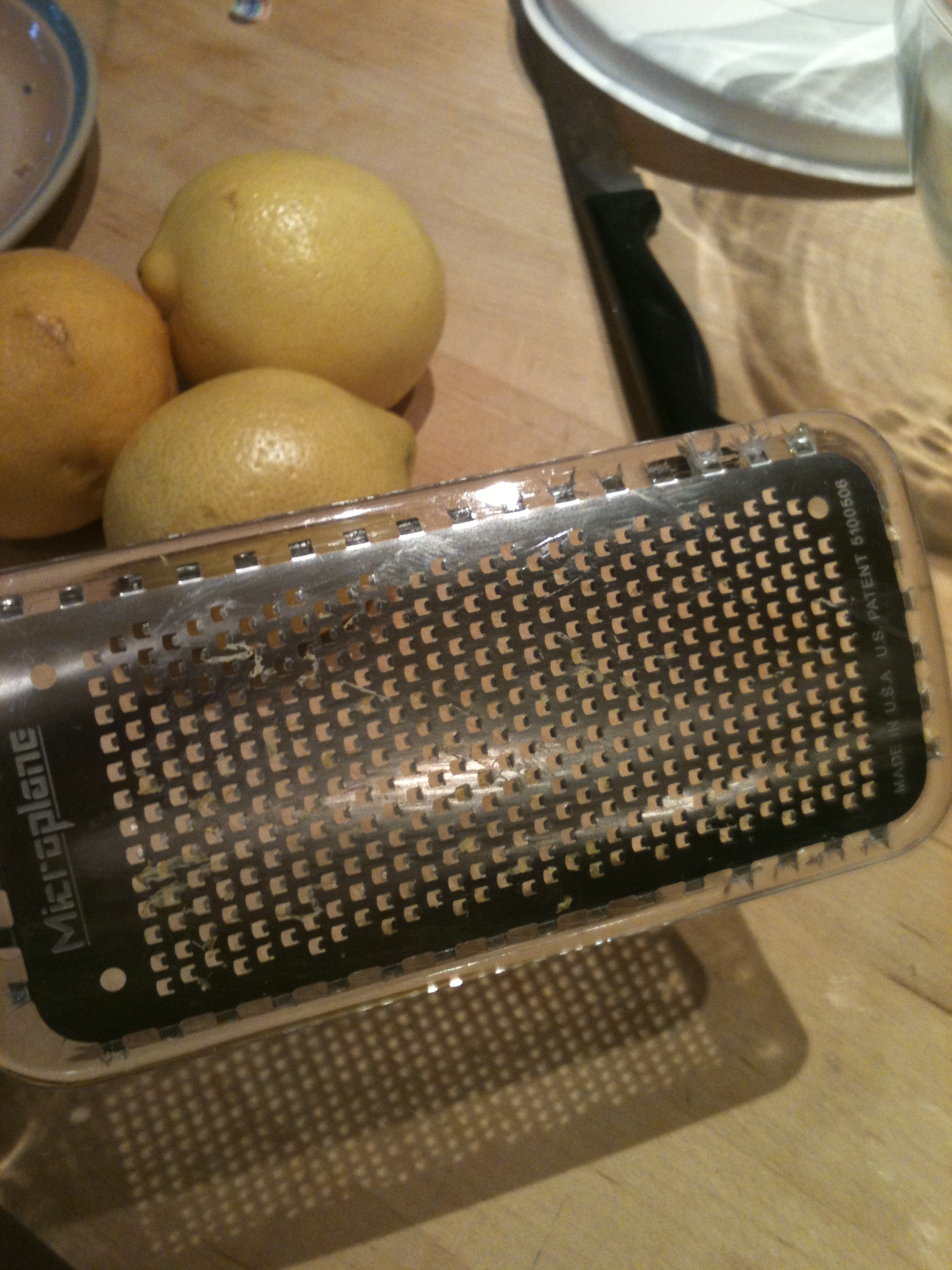
One of my all time favorite kitchen tools. Microplanes were originally used in woodworking, but some clever person figured out they make light work in the kitchen.
While using a microplane to zest the lemons isn’t necessary, it is a lot faster and easier than the old fashioned graters out there. (If you only have the old-fashioned boxy style, put a piece of waxed paper over the top and work the grating bits through–removing the waxed paper with the last bits of lemon will save you a lot of scraping effort.)
The Mandolin slicer is the perfect tool for getting paper-thin slices of lemon. Before I purchased the mandolin last year, I used a sharp knife which works just as well if slower. So, if you don’t have a mandolin, just take your time and go for the thinnest possible slices you can. Remove all the seeds from the lemon slices as you work.The lemons and grated rind sit in sugar. Various recipes call for different lengths of time, but I let mine sit for more than twenty-four hours. I think anything more than eight hours is likely to be just fine, but anything under eight might get you chewier lemon pieces inside the pie. The longer they have to macerate in the sugar and lemon juice, the more likely they are to be tender.
I made a standard white flour pie crust for this. I often use whole wheat pastry flour to make crusts these days, but I didn’t think the lemon would hold up all that well to the whole wheat. People can get a little prickly when you start talking about making pie crusts. There are the die-hard butter enthusiasts, the shortening crowd and the mixed-fat folk. I went to a pie making class a number of years ago, and the person teaching it gave us a mini-chemistry lesson. I came away with a crust recipe that is very simple. For each crust use 1 and 1/4 cup flour, one stick butter, one tablespoon sugar, 1/4 tsp., and ice water. The technique is to cut the cold fat into the dry ingredients and add water until you have a dough. The idea is to make the dough wetter than you think it needs to be so that when you roll it out, the extra flour from the rolling pin won’t make the crust overly dry and brittle. I also learned that a pastry cloth is my best friend when rolling out a crust. (Frankly, I also like the store-bought already rolled, just stick it on the counter for a while and use it kind of pie crusts. They save time and clean-up for a quick and easy pie. I think the best is actually the one in the red box…Pillsbury maybe?…but it uses LARD. Given the fact that a good majority of our friends do not eat lard, I choose to not use it most of the time.)
I also thought it would ‘be fun’ to make a lattice crust. Turns out that the filling of the lemon pie is rather liquid–unlike an apple or cherry pie–and the crust kept dunking down into the filling. When I complained about the finished product to my other pie making friend, he suggested I use the “make the lattice on waxed paper and freeze it method.” Now that I know that is a possibility, I’ll try that next time, but it never occurred to me. Making a lattice crust on top of the pie is the only way I’d ever heard of, so I learned something new yesterday.
In spite of a quarter of the top crust disappearing into the pie, it still tasted tart and lemony, the way a lemon pie should. Yes, it’s a pucker-up kind of lemon, not a sweet-cloying kind of lemon.
Shaker Lemon Pie
2 large lemons, preferably Meyers (I didn’t have Meyers, and used three smaller regular lemons)
2 cups sugar
1/4 teaspoon salt
4 eggs
4 tablespoons butter, melted
3 tablespoons all-purpose flour
Grate the zest off the lemons first. Slice paper-thin. Add sugar to lemons and zest and put in non-reactive bowl, preferably glass. Stir every once in a while and allow to macerate for 24 hours. Make your crust, mix the eggs until frothy, add melted butter, salt and flour then add the lemon and sugar mixture. Pour into the crust. Cover with top crust of choice. The easiest will be a flat top with simple vents across the top. Bake at 400 for 20 minutes, reduce heat to 350 and bake another 30. (Give or take, watch the pie and make sure it is done–a knife inserted into the center will come out clean when it is done.)
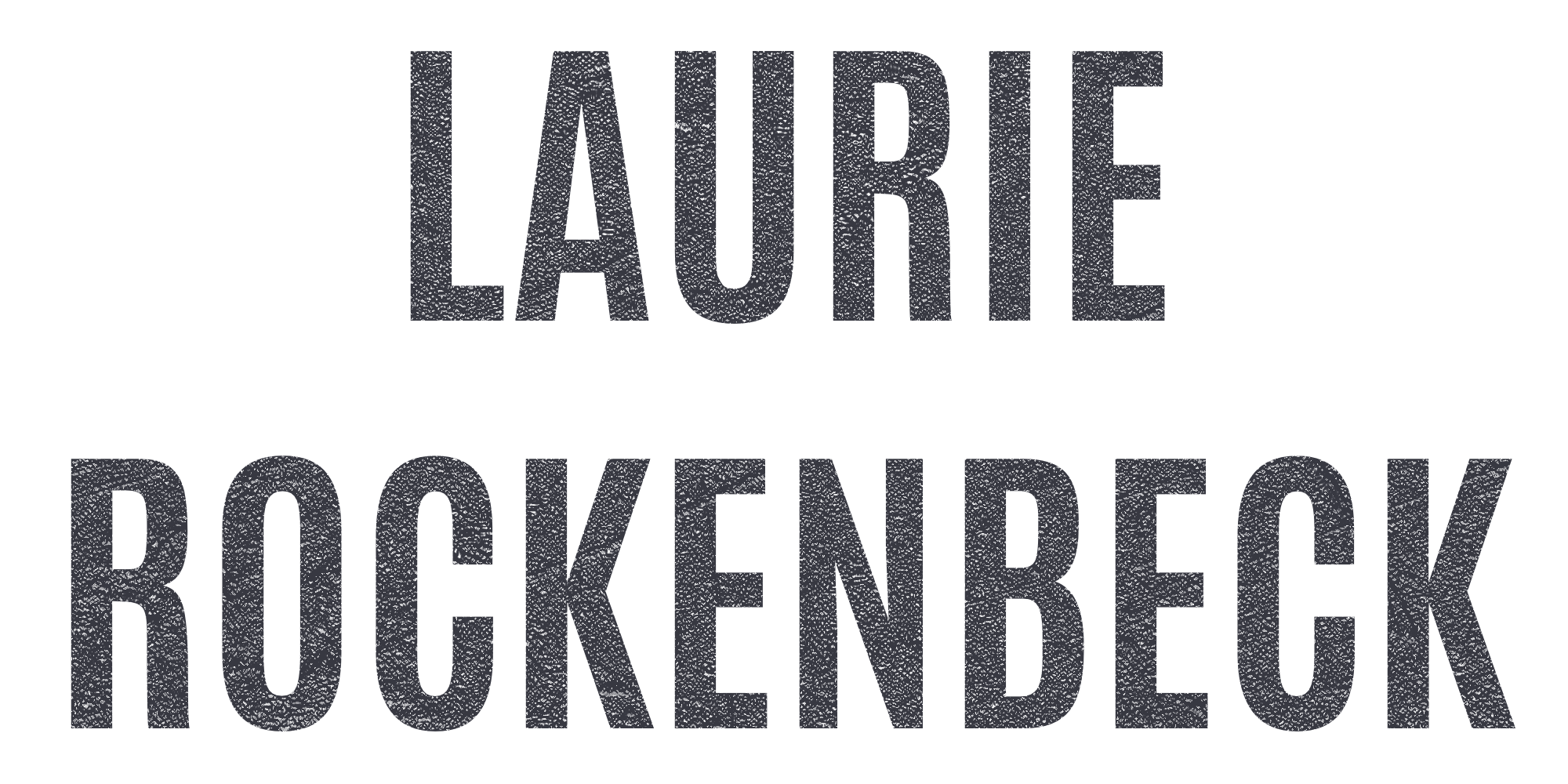
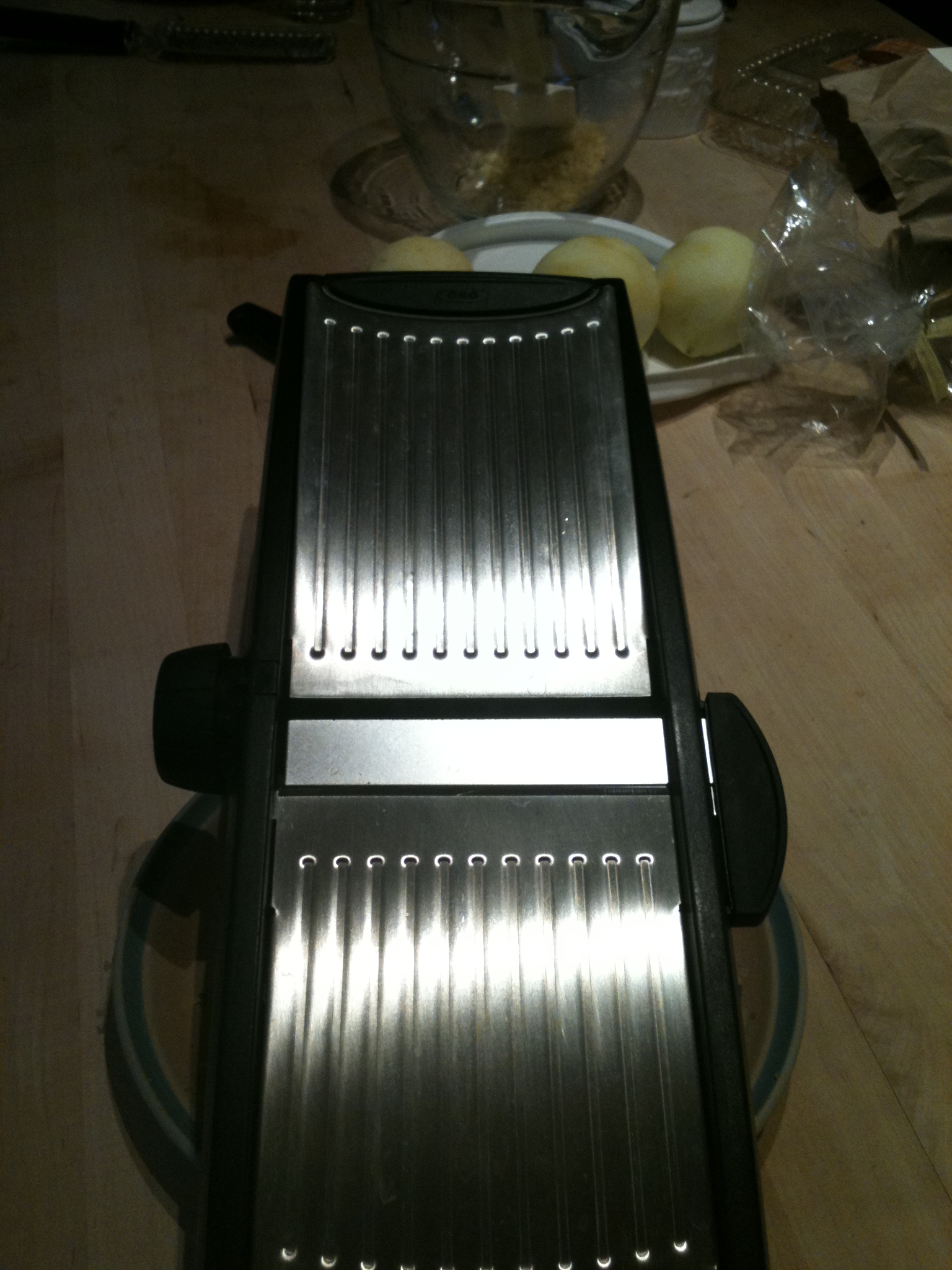
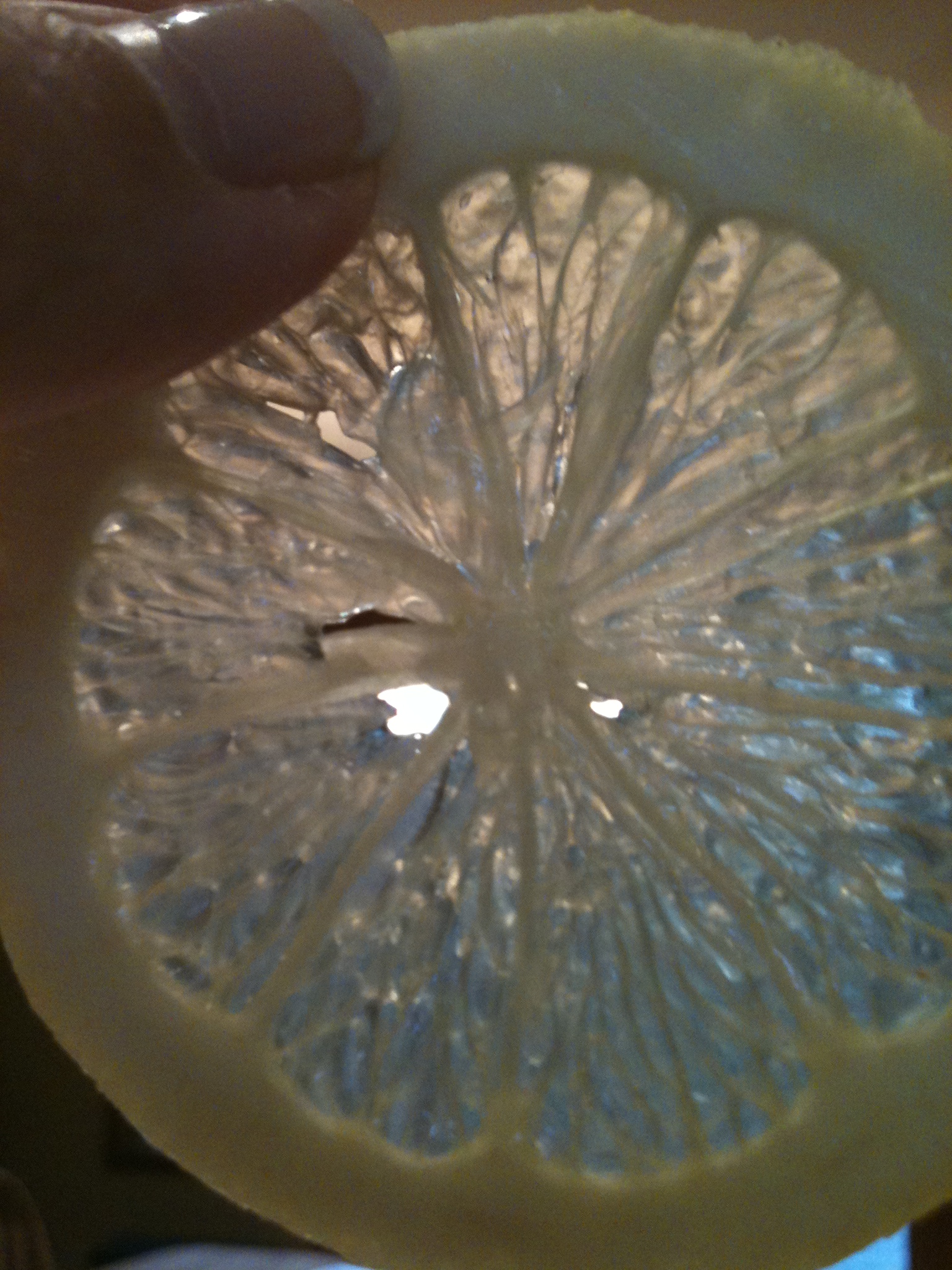
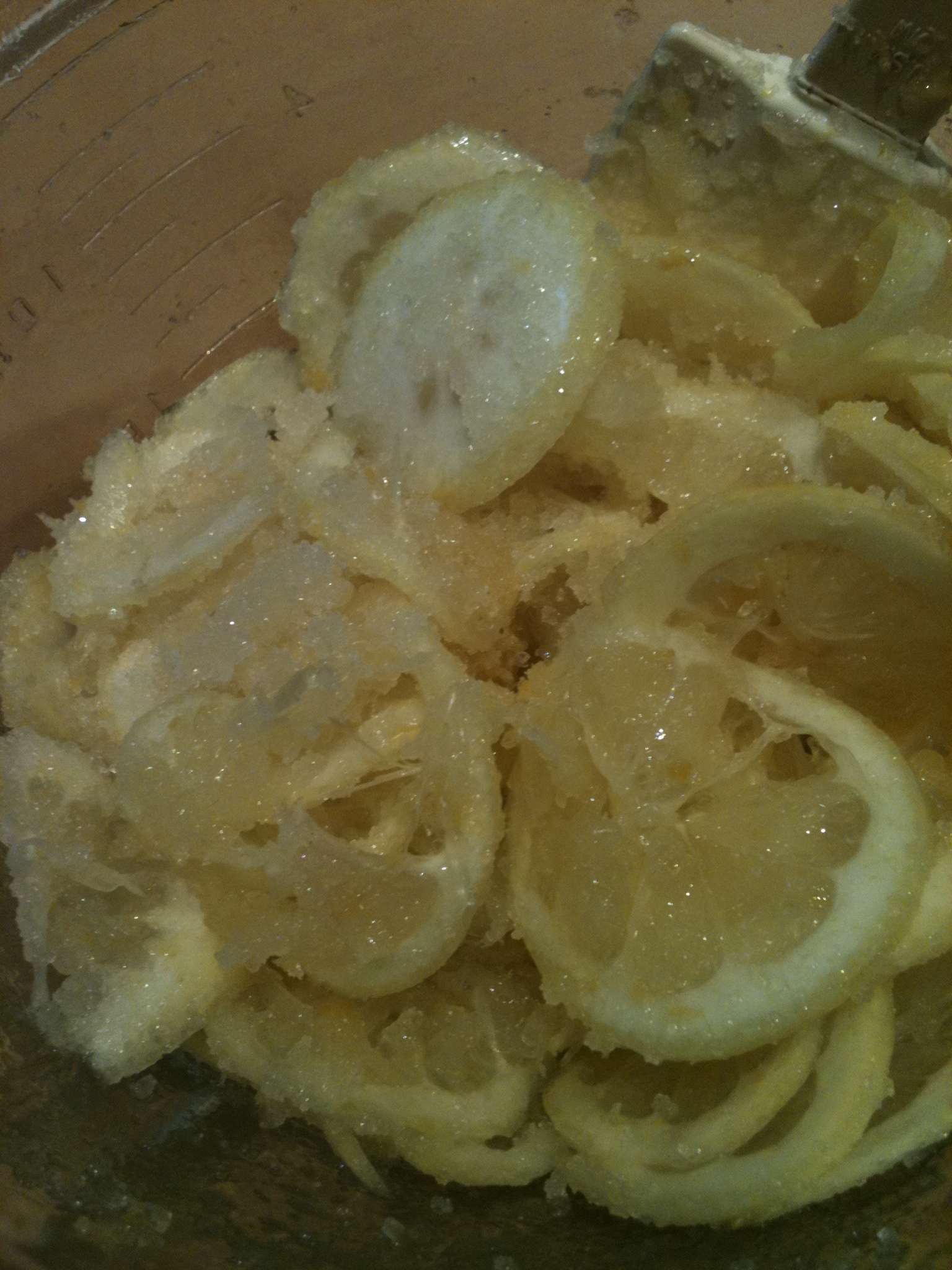
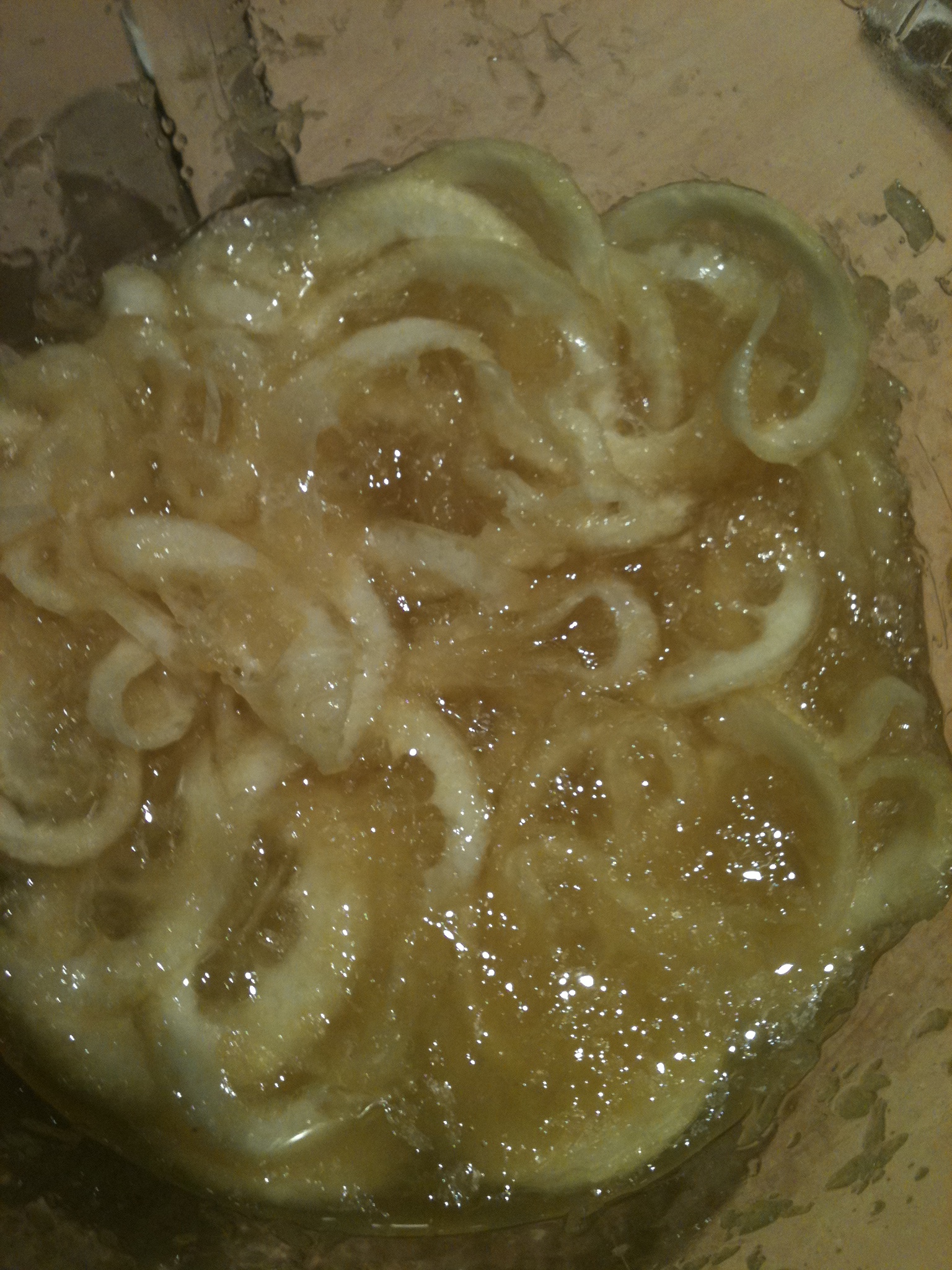
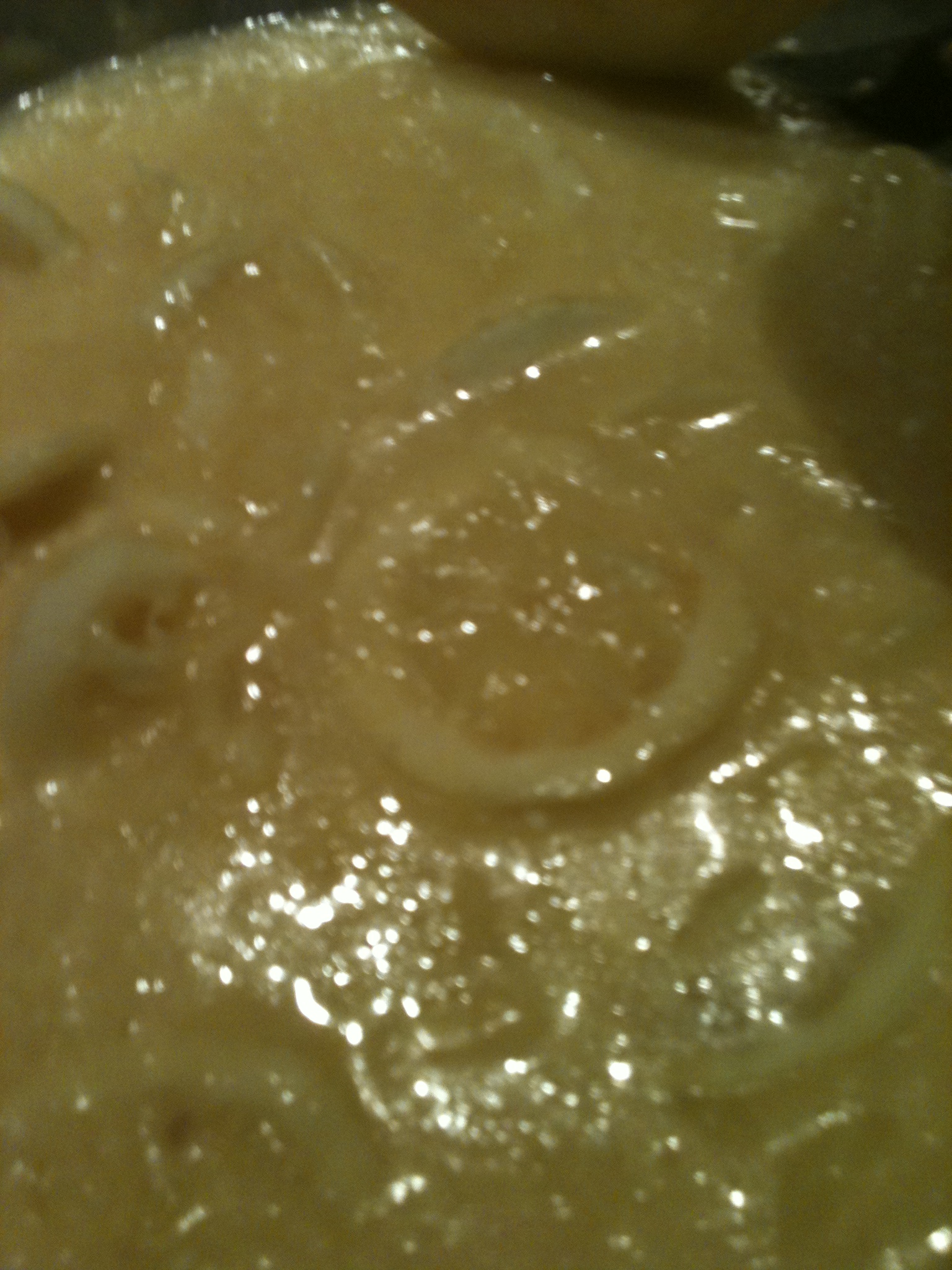

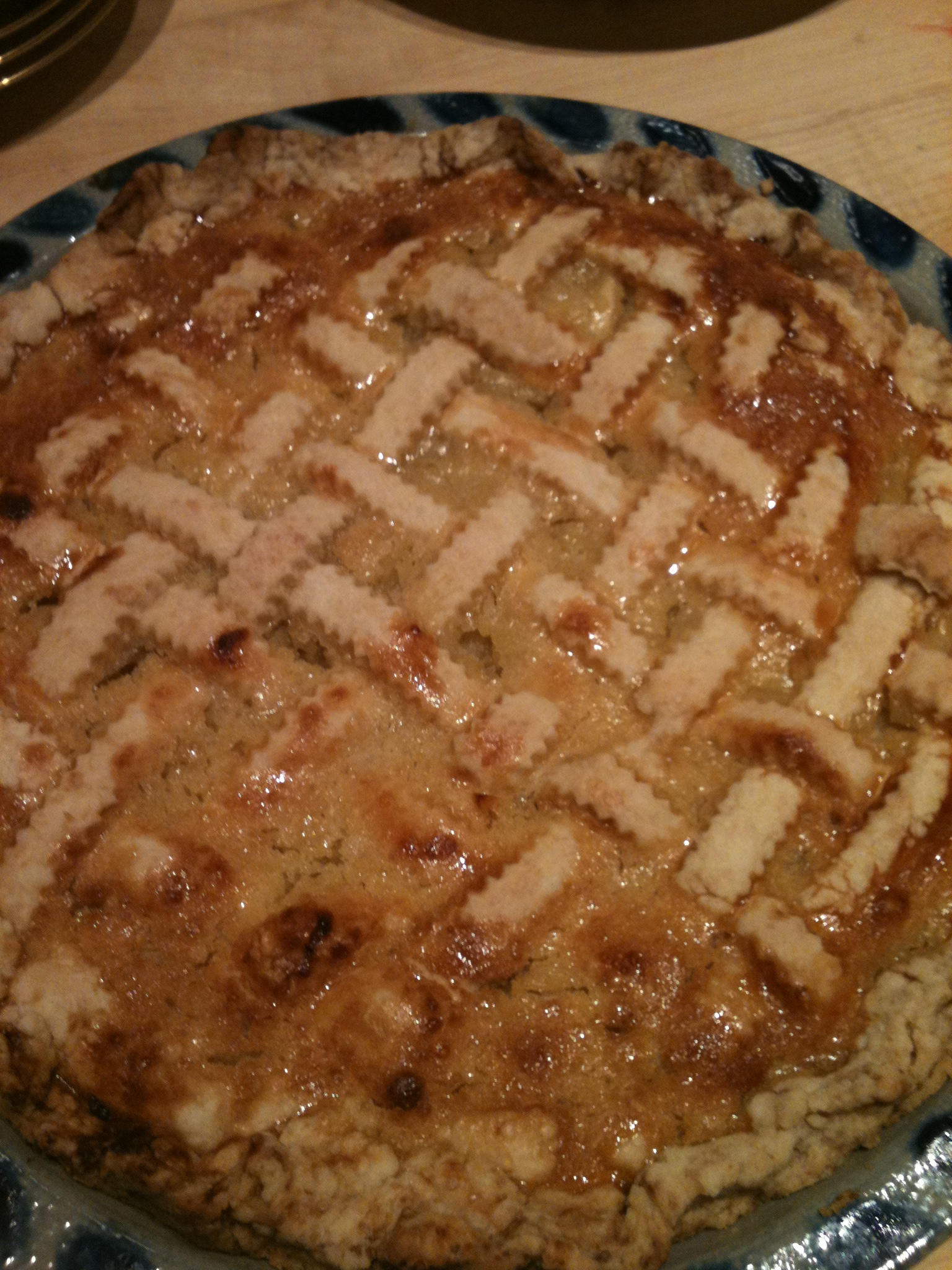
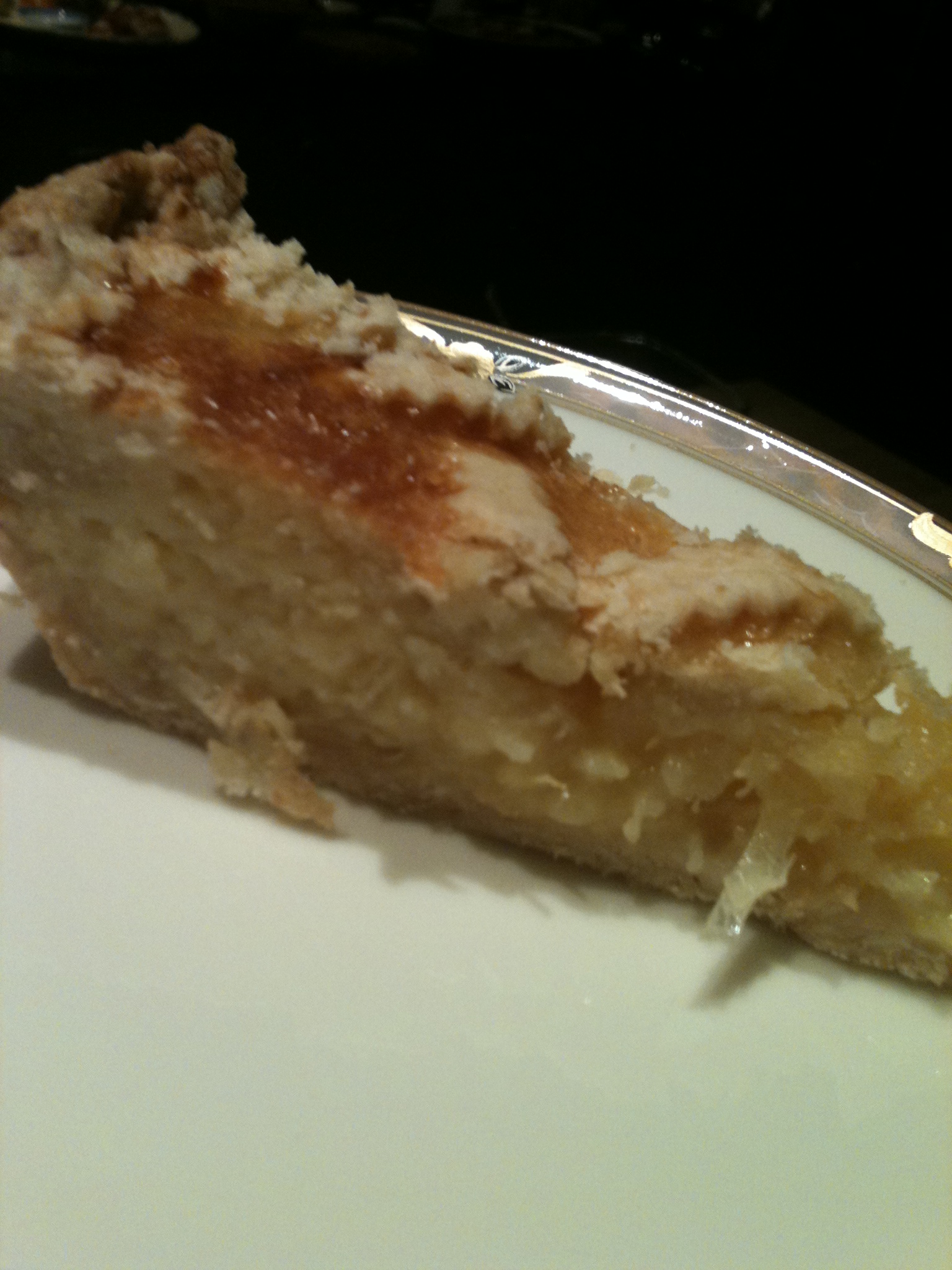
Recent Comments